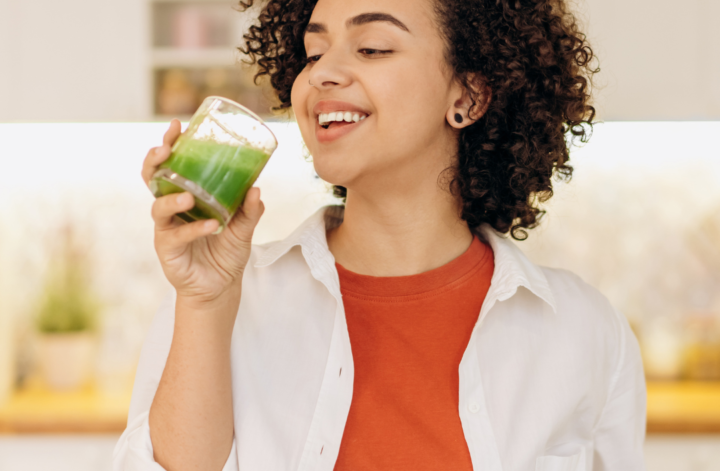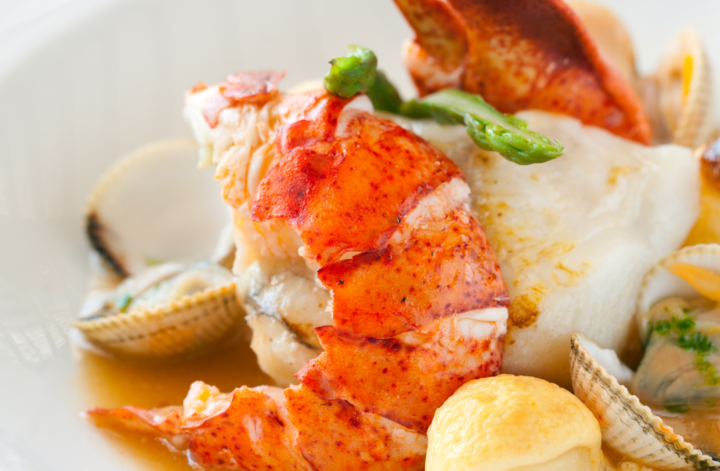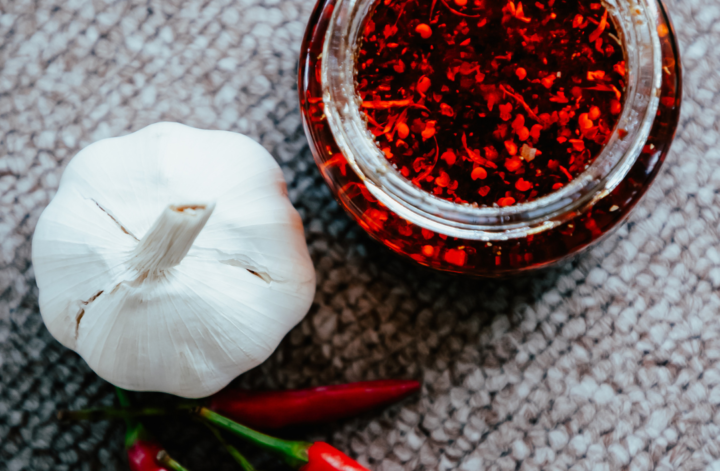Welcome to your ultimate guide on detoxifying your body naturally! If you’ve been feeling sluggish, out of sync, or just in need of a health reset, this post is for you.
Understanding Natural Detoxification
Detoxification is a term we hear a lot these days, but what does it really mean? In simple terms, detoxification is your body’s way of cleaning house. Imagine a busy day where you’re organizing, tidying up, and getting rid of clutter—that’s what your body is doing internally. It clears out the junk that builds up from various sources like the food we eat, the air we breathe, and even the stress we endure.
Your body is equipped with an impressive detox system involving the liver, kidneys, skin, and other organs. These parts work together to filter out and eliminate toxins. However, with our modern lifestyles, our natural detox mechanisms can sometimes use a bit of extra support. That’s where natural detoxification comes in.
The Case for Natural Detox
Choosing to detox naturally is about more than just eliminating toxins; it’s about embracing a healthier, more balanced way of living.
One significant advantage of natural detox is its positive effect on energy levels. If you often find yourself feeling tired despite getting enough sleep, accumulated toxins might be to blame. By clearing out these unwanted substances, you can feel more vibrant and energized.
Digestion is another area that benefits greatly from a natural detox. Processed foods and unhealthy eating habits can leave your digestive system overwhelmed. When you switch to whole, natural foods, you give your digestive organs a chance to reset and function more efficiently, leading to improved digestion and nutrient absorption.
Let’s not forget about skin health. Your skin is often a reflection of your internal health. When your body is overloaded with toxins, it can show up as acne, dullness, or other skin issues. Detoxifying naturally can help clear up these problems, leaving your skin looking fresh and radiant.
Mental clarity is another fantastic benefit of natural detox. Have you ever experienced brain fog or difficulty concentrating? Toxins can affect your brain just as much as they do your body. By following a natural detox regimen, you can enjoy better focus, sharper thinking, and improved overall mental clarity.
One often overlooked benefit of detoxification is its impact on sexual health. Toxins and poor lifestyle choices can contribute to conditions like erectile dysfunction (ED). By detoxifying your body naturally, you reduce these risks and promote better overall health, including sexual health. It’s a reminder that our bodies are interconnected systems, and taking care of one aspect can have positive effects on others. Of course, if you do have ED symptoms, visiting an ED Clinic Fullerton is a must. However, a good detox will also certainly help!
How to Start Detoxifying Your Body Naturally
Ready to start your natural detox journey? Here are some simple and effective ways to get started:
1. Hydrate, Hydrate, Hydrate
Water is essential for flushing out toxins. Aim to drink at least eight glasses of water a day. Adding a squeeze of lemon can boost its detoxifying properties.
2. Eat Whole Foods
Focus on whole, unprocessed foods like fruits, vegetables, whole grains, and lean proteins. These foods are rich in nutrients and free from harmful additives.
3. Exercise Regularly
Physical activity helps your body detoxify through sweat. Find an exercise routine you enjoy, whether it’s yoga, jogging, or dancing, and stick with it.
4. Get Enough Sleep
Sleep is when your body does a lot of its repair work. Aim for 7-9 hours of quality sleep each night to support your detox efforts.
5. Reduce Stress
Chronic stress can hinder your body’s natural detoxification processes. Practice stress-reducing activities like meditation, deep breathing exercises, or spending time in nature.
6. Avoid Toxins
Minimize your exposure to toxins by choosing organic produce, using natural cleaning products, and avoiding processed foods and drinks.
Simple Detox-Friendly Recipes
To make your detox journey even easier, here are a couple of simple, delicious recipes to try:
Morning Detox Smoothie
- 1 cup of spinach
- 1 banana
- 1 apple
- 1 tablespoon of chia seeds
- 1 cup of water or coconut water
- Juice of half a lemon
Blend all the ingredients until smooth and enjoy a refreshing, detoxifying start to your day!
Quinoa and Veggie Bowl
- 1 cup of cooked quinoa
- 1 cup of steamed broccoli
- 1/2 cup of cherry tomatoes, halved
- 1/4 cup of shredded carrots
- 1 avocado, sliced
- A handful of fresh parsley, chopped
- Dressing: 2 tablespoons of olive oil, juice of 1 lemon, salt, and pepper to taste
Mix all the ingredients in a bowl, drizzle with the dressing, and you have a nutritious, detox-friendly meal.
Stay Consistent for Lasting Results
Detoxing isn’t just a one-time event; it’s a lifestyle change. Remember, it’s about progress, not perfection. Start small, make gradual changes, and stay consistent. Your body will thank you!
Final Thoughts
Embarking on a natural detox journey is a powerful way to take charge of your health.
Take that first step today and experience the transformation for yourself!
















